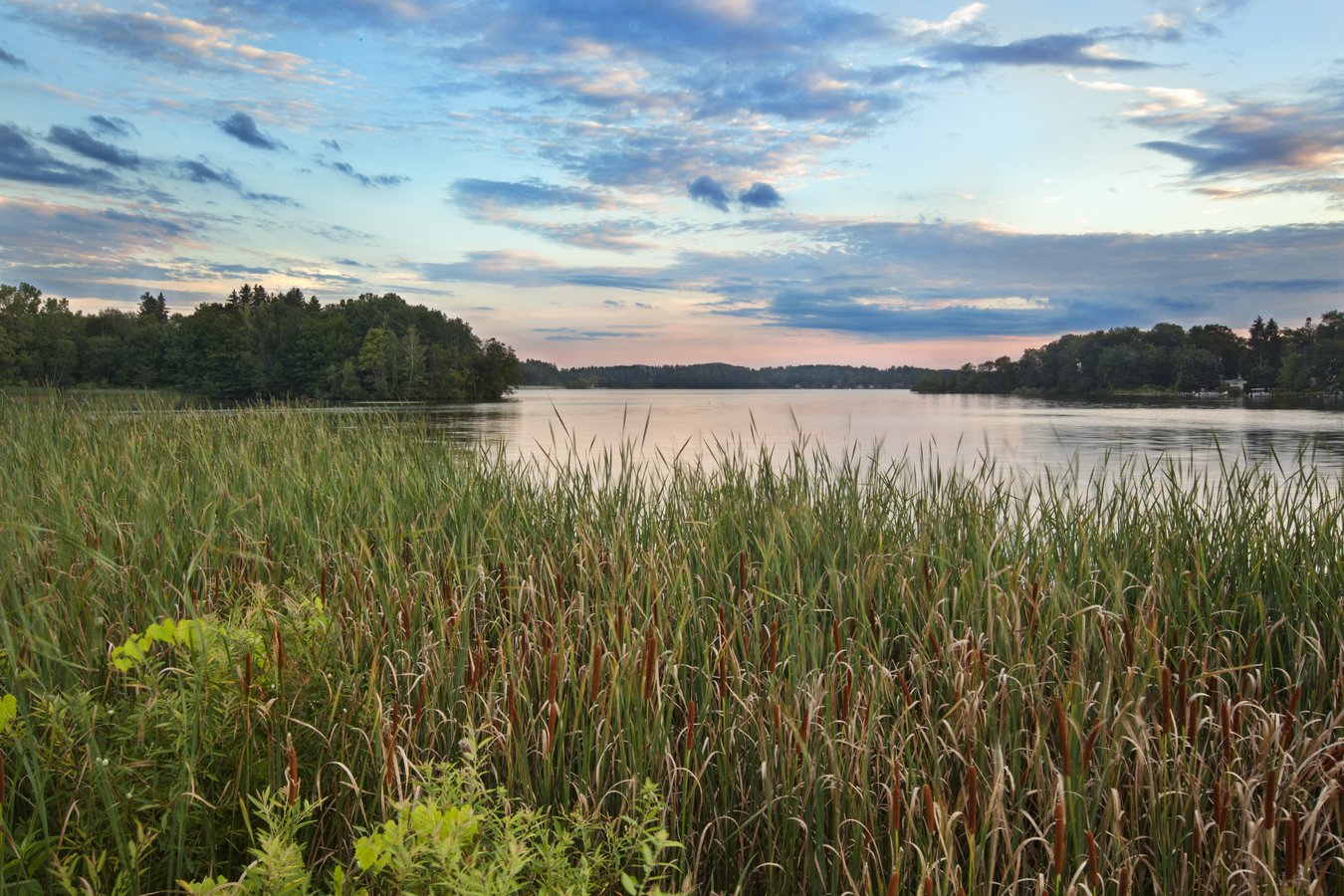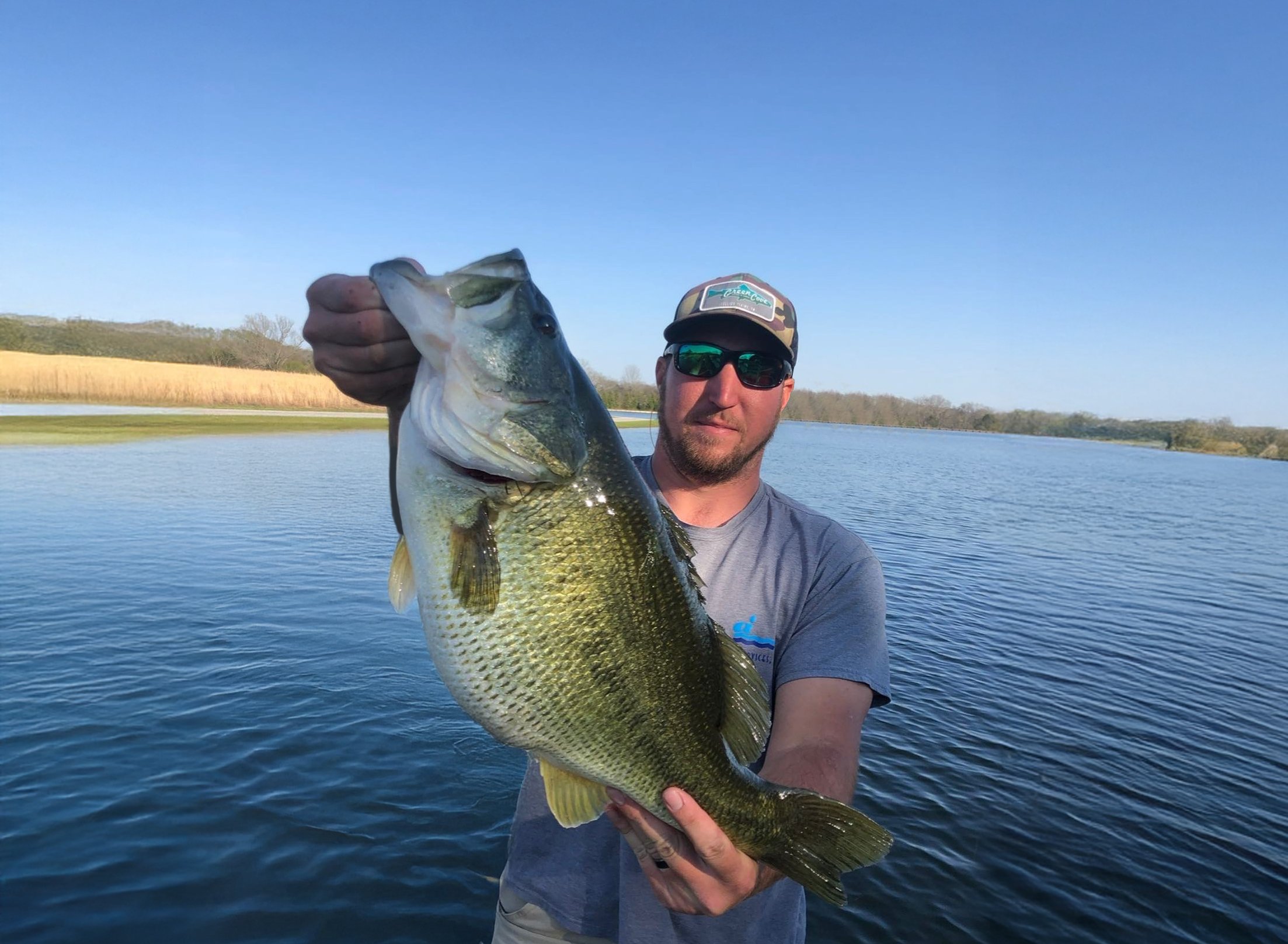Eco-Friendly Cattail Removal: How to Manage Invasive Cattails Without Damaging Your Ecosystem

Cattails are a familiar feature in ponds, wetlands, and along lake shorelines. These tall, reed-like plants play a vital role in providing habitat for birds, amphibians, and aquatic insects. However, not all cattails benefit the environment equally. Two invasive species—Narrowleaf Cattail (Typha angustifolia) and Hybrid Cattail (Typha x glauca)—have become major challenges in wetland management. These aggressive cattails spread quickly, creating dense stands that outcompete native plants, reduce biodiversity, and harm water quality. The key is finding eco-friendly cattail control solutions that protect your aquatic ecosystems.
Why Narrowleaf and Hybrid Cattails Are Problematic
Both Narrowleaf and Hybrid Cattails spread through seed dispersal and underground rhizomes, allowing them to dominate wetlands rapidly. These thick monocultures displace native vegetation, leading to the loss of vital food sources for wildlife. Over time, unchecked cattail growth transforms diverse wetlands into dense, nearly impenetrable reed beds. Effective pond vegetation control must carefully reduce invasive species while preserving native ecosystems.
The goal of any cattail removal plan should be restoring ecological balance—not eliminating all shoreline plants. Here are environmentally responsible techniques we recommend:
Targeted Aquatic Herbicide Treatments
Selective herbicide applications are a highly effective part of aquatic weed management when performed correctly. Using aquatic-approved herbicides that target plant-specific enzymes ensures the safety of fish, amphibians, and other wildlife. By spot-spraying only the invasive cattails, we minimize any impact on beneficial native plants. The ideal time to apply herbicide is late summer through early fall when cattails move energy to their root systems, maximizing herbicide absorption and treatment success.
Physical Cattail Cutting and Biomass Removal
After herbicide treatment, it’s critical to remove dead cattail material. Simply letting treated cattails decay can cause nutrient buildup in the water, worsening water quality and encouraging more cattail regrowth. Our process includes cutting the dead cattails at the water’s surface and hauling the biomass away. This not only improves the appearance of your pond or wetland but also interrupts the nutrient cycle that fuels invasive growth. Cattail cutting and removal are key steps in maintaining a healthy waterbody.



Replanting with Native Wetland Plants
Following cattail removal, reestablishing native vegetation is essential. Planting species like bulrushes, sedges, and other native wetland plants helps stabilize the area, prevents soil erosion, and reduces the chance of invasive cattails returning. Native plant installation promotes biodiversity and enhances the overall resilience of your aquatic ecosystem.
Cattail Control for Stormwater Detention Basins
Invasive cattails are not just a pond problem—they can also severely impact stormwater detention basins. Overgrown cattails clog outflow pipes, reduce water storage, and limit basin functionality. Our stormwater basin maintenance services include targeted herbicide treatments followed by biomass removal to restore detention basins, ensuring proper drainage and system performance while maintaining ecological balance.
When Is the Best Time to Treat Cattails in the Southeast?
Timing is everything when it comes to effective cattail management—especially in the warm, humid climate of the Southeastern United States. In Alabama, the optimal window for cattail treatment typically falls between late spring and early fall, with June through September being the most effective period for control.
Why this window? During summer months, cattails are actively growing and fully leafed out, making them more susceptible to systemic herbicide absorption. Treatments applied during this stage ensure the herbicide is translocated down into the root system (rhizomes), resulting in more complete and lasting control. Treating too early in the spring—before sufficient leaf surface has developed—can reduce efficacy. Likewise, late fall treatments may not allow enough time for the plant to move the herbicide into the roots before dormancy.
For best results in Alabama:
• Target mature, green growth (usually mid-June through early September)
• Avoid treating during drought stress or immediately after mowing or cutting
• Pair herbicide applications with follow-up monitoring to prevent regrowth
Professional application and follow-up are essential, especially in areas where cattails are encroaching on desirable shoreline habitat or interfering with recreational use. A well-timed, science-driven management plan helps ensure long-term control and ecosystem balance.
Ongoing Monitoring and Wetland Maintenance
Long-term success in cattail management requires annual maintenance and monitoring. By combining routine cattail removal, selective herbicide use, and native species restoration, we promote healthy, self-sustaining wetlands. Consistent efforts help native plants thrive and prevent invasive cattails from regaining dominance.
At Aqua Services, we specialize in environmentally responsible cattail control and habitat restoration. Our science-driven approach is tailored to meet the unique needs of your pond, lake, or wetland. Ready to reclaim your shoreline? Contact Aqua Services today for expert solutions in aquatic weed management and ecological restoration!
About Aqua Services, A Jones Lake Management Partner
Since 1983, Aqua Services has been a trusted leader in lake and pond management, delivering scientifically backed solutions to create and maintain healthy, balanced, and beautiful waterbodies. As a Jones Lake Management Partner, our team specializes in a full range of services to include algae and aquatic weed control, aeration systems, water quality monitoring, fisheries management, hydraulic dredging, invasive species control, and shoreline restoration. We work with HOAs, municipalities, golf courses, and private lake owners throughout Alabama, Arkansas and Georgia to maintain balanced and thriving aquatic environments through science-based and sustainable management practices.
Topics
- Aeration (3)
- Algae (3)
- Aquatic Weeds & Algae Control (6)
- Bathymetry Mapping (1)
- Company News & Updates (1)
- Erosion Control & Sediment Reduction (4)
- Fisheries Management (10)
- Fountains & Aeration (6)
- Hydraulic Dredging (2)
- Invasive Species Management (3)
- Lake & Pond Management (12)
- Lake Management (4)
- Nutrient Management (7)
- Pond Management (1)
- Sediment Sampling (3)
- Storm-Water Basins & Pollution (1)
- Stormwater & Runoff Management (4)
- Water Quality (3)
- Water Quality Monitoring (1)

Our fisheries management programs are designed to meet your specific goals—whether that’s trophy bass production, family-friendly fishing, or enhancing the overall ecological balance of your pond.